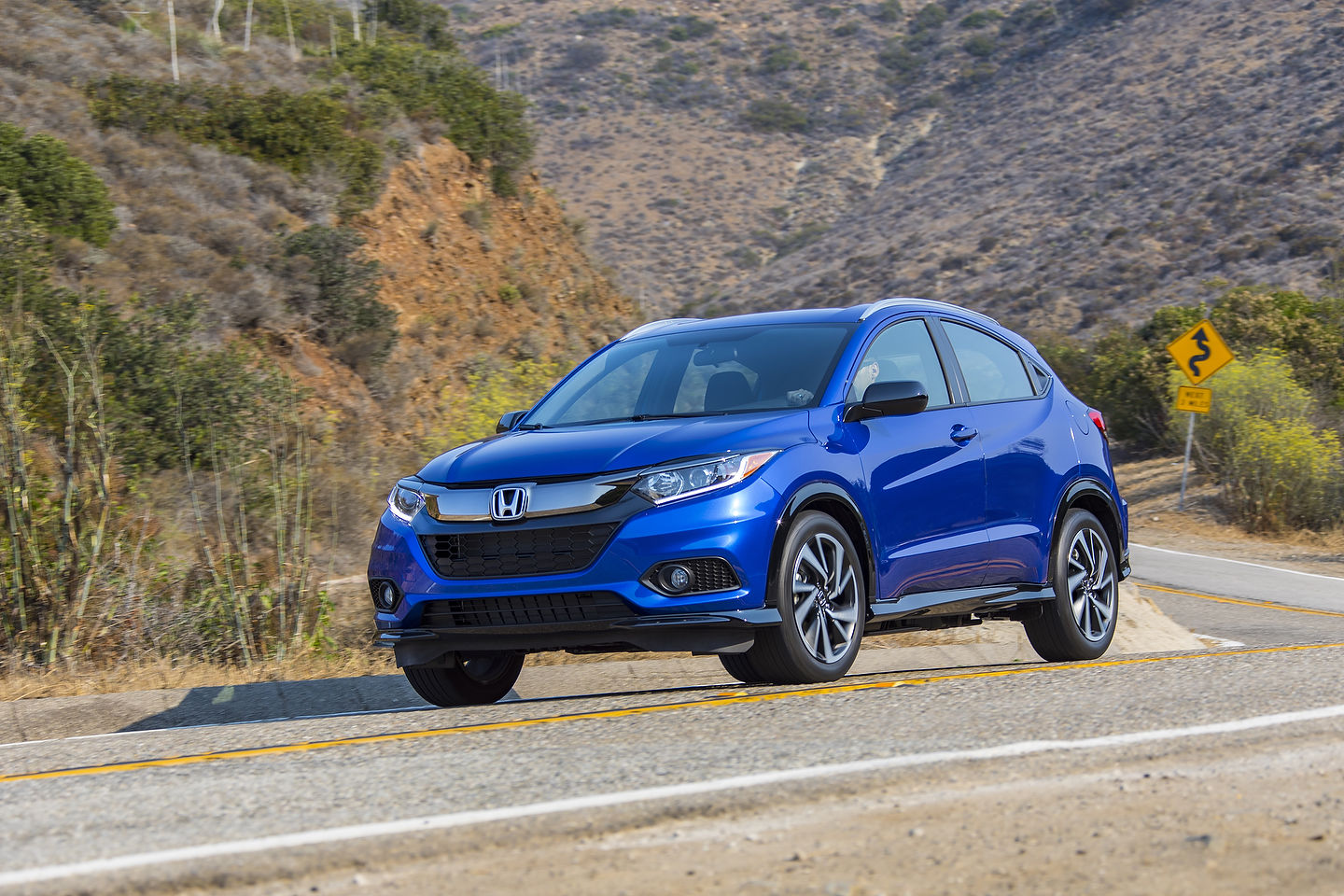Three things that set the 2019 Honda HR-V apart from the Toyota C-HR
October 28 2019, Portland Street Honda

If you are looking for a small urban SUV, the segment has given you several options over the last couple of years. There’s obviously the Honda HR-V which led the renewal of this segment, and the Toyota C-HR, another small sub-compact SUV introduced on the market in recent years. These two SUVs offer a lot to the consumer, but if you're looking for interior space or fuel economy, the 2019 Honda HR-V is the most exciting option. The HR-V has another element that allows it to stand out from the Toyota C-HR as well.
It offers all-wheel drive
Yes, the Honda HR-V is available in both FWD or all-wheel drive. The Toyota C-HR is only available as a front-wheel drive vehicle, which means you will not be able to take advantage of the improved handling or safer performance of all-wheel drive in winter.
The Honda HR-V is much more spacious
This is another element that stands out in the Honda HR-V of the Toyota C-HR. The Honda offers 688 liters of space behind the back seat compared to 538 liters for the Toyota C-HR. This is a significant difference, especially when we have a lot to transport. In addition, the 2019 Honda HR-V is equipped with an exclusive transport system called Magic Seats that allows you to configure the rear seat in five different positions to carry just about anything.
The Honda HR-V is more fuel-efficient
The Honda HR-V is powered by a 1.8-liter, four-cylinder engine with an average fuel consumption rating of only 8.4 liters per 100 kilometers in the city and 7.0 liters per 100 kilometers on the highway. It's better than the Toyota C-HR, which has an average fuel consumption of 8.7 liters per 100 kilometers in the city and 7.5 liters per 100 kilometers on the highway.
Come learn more today!

